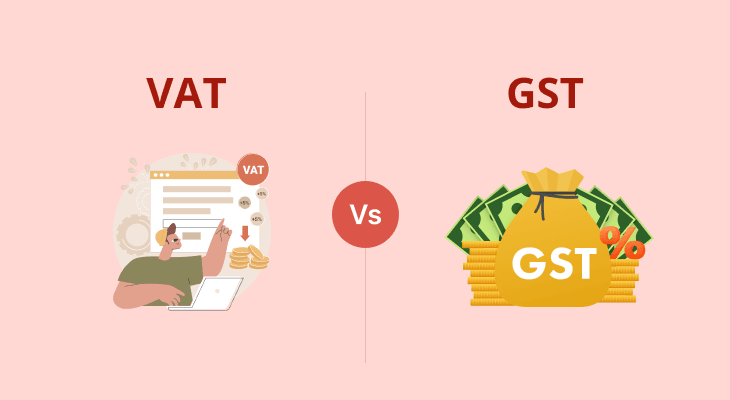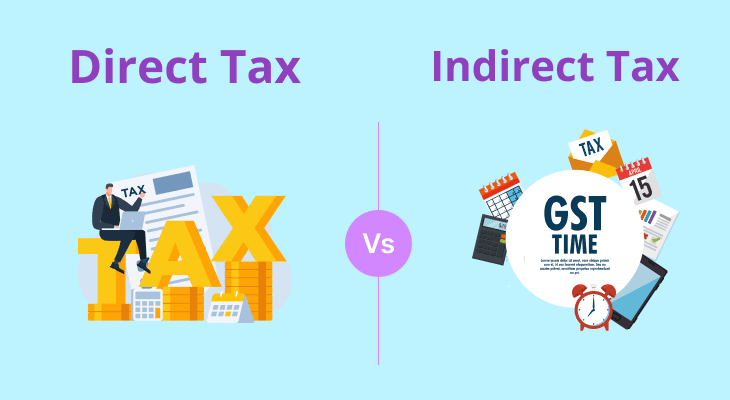
What is Form 16 and its Eligibility and Benefits?
Filing an Income Tax Return (ITR) in India often requires multiple documents, and one of the most crucial among them for salaried employees is Form 16. This article explains the meaning, eligibility, key components and benefits of Form 16.
What is Form 16?
Form 16 is an important document issued annually by an employer to an employee. It certifies that Tax Deducted at Source (TDS) has been deducted from the employee’s salary and deposited with the Income tax (IT) department. Additionally, the form provides a breakdown of salary, along with details of deductions and exemptions for the financial year.
Eligibility criteria for receiving Form 16
Your employer must deduct TDS from your salary if your total annual income exceeds the basic exemption limit in a financial year. If tax has been deducted, they are required to issue Form 16 to you. If no tax has been deducted, they are not obligated to issue Form 16. However, many employers still issue Form 16 because of its multifaceted significance.
Employers usually issue Form 16 by June 15. For instance, if TDS was deducted from your salary for 2021-2022, you are eligible to receive Form 16 by June 15, 2022. If you changed jobs during the financial year, you must collect Form 16 from each employer for the respective employment period.
Also Read: Income Tax Slab
Key components of Form 16
Form 16 is divided into two parts: Part A and Part B
Part A of Form 16 contains details such as:
- Name and address of the deductor (employer)
- Name and address of the deductee (employee)
- Permanent Account Number (PAN) and Tax Deduction and Collection Account Number (TAN) of the deductor
- PAN of the deductee
- Summary of the TDS deducted and deposited for the entire financial year
- A breakdown of TDS payments for each quarter
- Assessment year and financial year (period with the employer)
Part B of Form 16 contains details such as:
- Name and address of the deductor (employer)
- Name and address of the deductee (employee)
- Permanent Account Number (PAN) and Tax Deduction and Collection Account Number (TAN) of the deductor
- PAN of the deductee
- Assessment year and financial year (period with the employer)
- Salary breakup
- Details of exemptions under Section 10
- Details of deductions under Chapter VI-A
- Total taxable income and final tax liability
Note: Form 16 Part A is not the same as Form 16A. Form 16 is issued by an employer annually and applies to salary income. Form 16A is issued by banks, tenants, financial institutions, etc., on a quarterly basis and applies to non-salary income such as rent, professional fees and commission.
Benefits of Form 16 for taxpayers
Form 16 offers several advantages to salaried individuals. Here are some of them:
- It serves as proof of income and TDS: While part A of Form 16 serves as proof of TDS collected from your salary and paid to the government, Part B of Form 16 provides a detailed overview of your salary structure, deductions and exemptions.
- It helps in filing taxes: Form 16 gives a clear breakdown of your salary, deductions, and exemptions, making it easier for you to file your taxes correctly. It also auto-fills several fields in your ITR, including salary, TDS and investment details.
- It helps secure loans: Many lenders require Form 16 during loan processing to assess your financial capacity, tax compliance, and creditworthiness.
- It helps in future tax planning: By having a bird’s-eye-view of your income, investments and taxes for the current year, you can better plan your finances and taxes for the next year.
- It helps you claim a refund: If excess tax has been deducted from your salary, Form 16 helps you claim a tax refund by validating the amount of taxes paid and your actual tax liability.
Using Form 16 for ITR Filing
Form 16 is an essential document that simplifies tax filing for salaried individuals. Through this, employers submit important details pertaining to your income, TDS, deductions and exemptions to the IT department.
When you log into the IT e-filing portal, you will notice that many important fields in your ITR are automatically prefilled. This is because the portal fetches the data from your Form 16 and reflects it in the form.
However, you must carefully verify each prefilled box. You can manually correct minor errors, such as spelling mistakes in your name. For major discrepancies, you can reach out to your employer and request a revised Form 16. If you are unable to obtain the form, you can escalate the matter through the IT department’s grievance redressal mechanism.
Employers usually provide Form 16 via the company’s internal portal or email. If needed, you can ask them to generate a copy of Form 16 online through the TRACES (TDS Reconciliation Analysis and Correction Enabling System) platform. To know how to get Form 16 online, click here.
How to file ITR online with Form 16 or otherwise?
Although Form 16 is extremely useful, it is not mandatory to file your ITR. If you don’t have the form, you can complete your return with other financial documents, such as salary slips and Form 26AS, which is a consolidated annual statement issued by the IT department.
To file your return, you can visit the official IT e-filing website, select the relevant year, choose the applicable ITR form, and complete and submit your return with or without Form 16.
To sum it up
Form 16 is an official record of your income, deductions and tax paid during the financial year. Although not mandatory for filing your income tax return, it simplifies the process, saves time and helps minimise errors.


